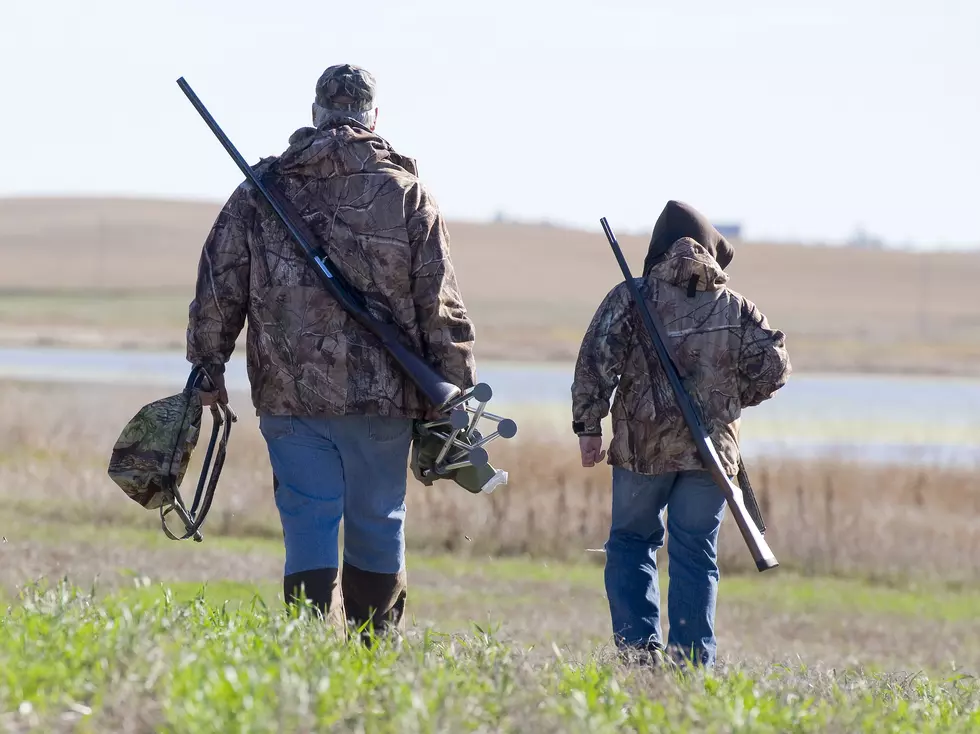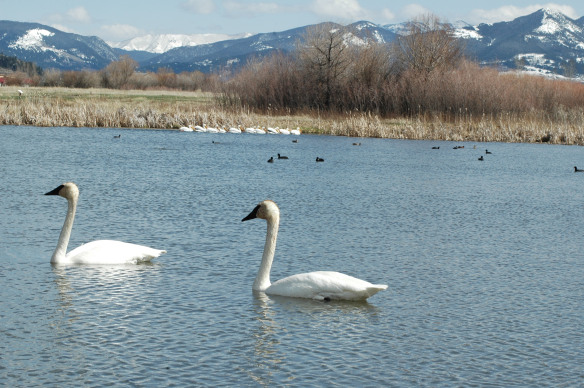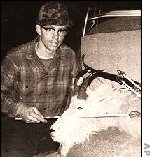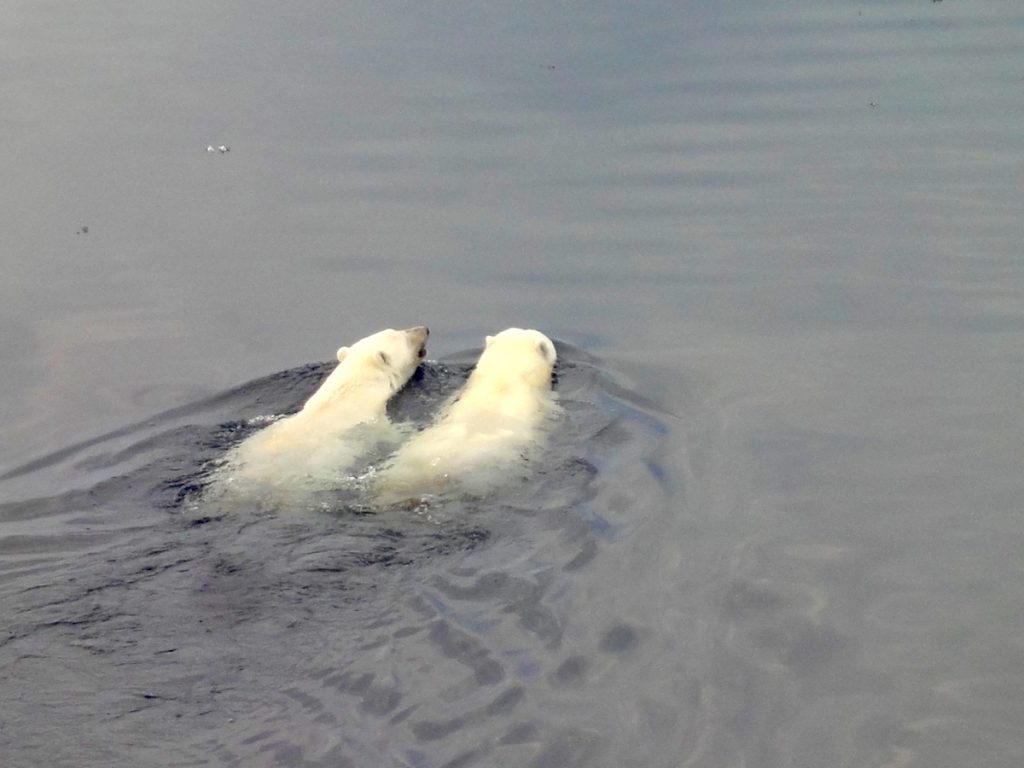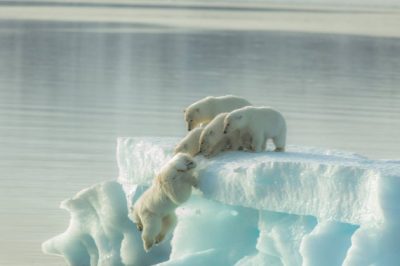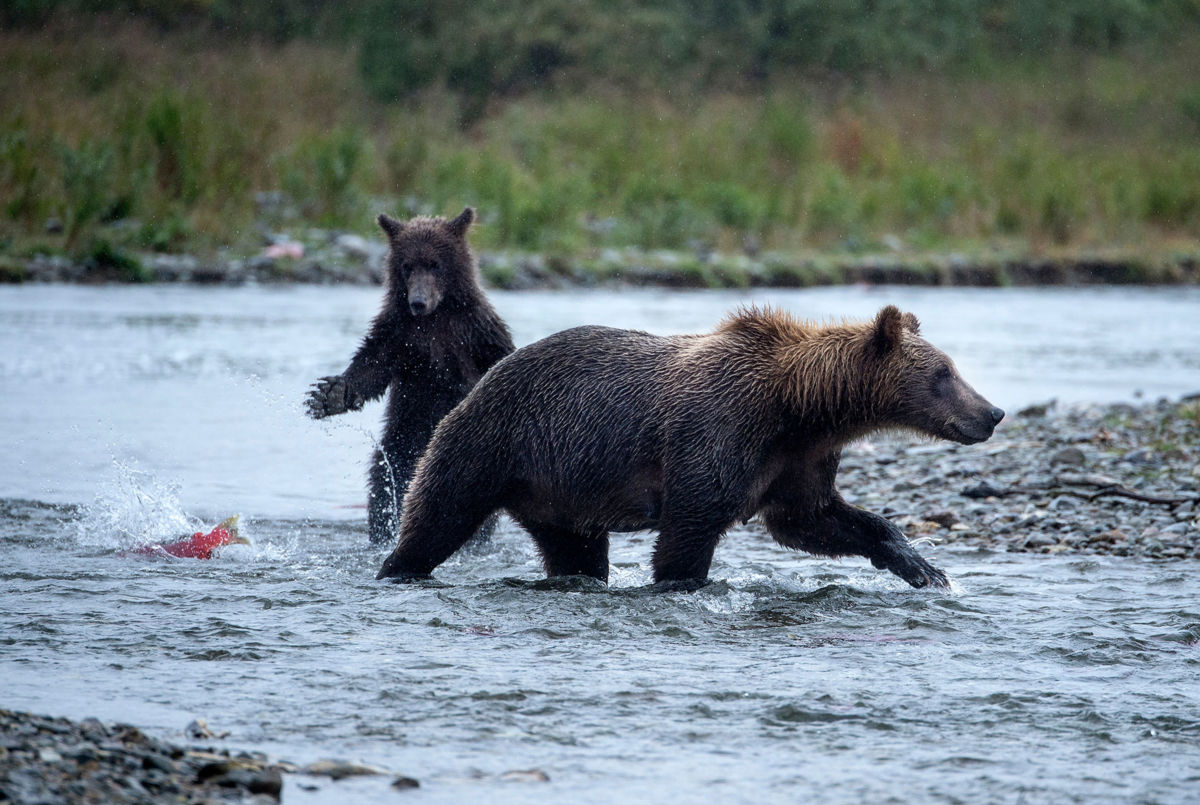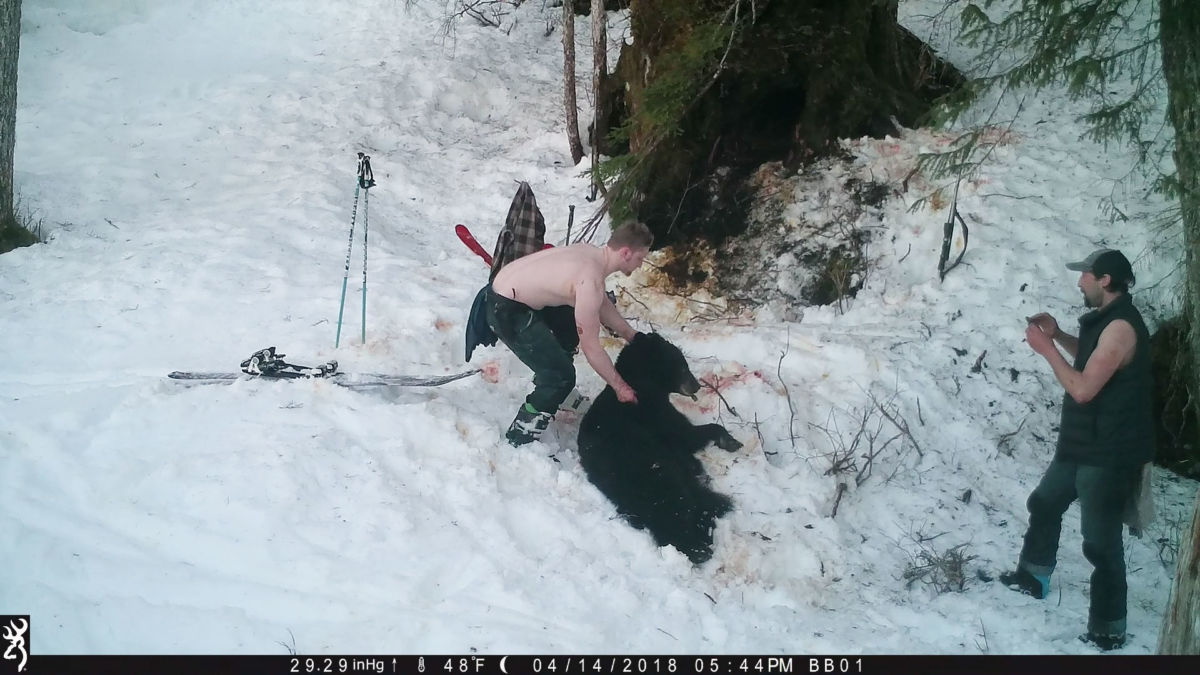Rules to Stem Invasive Species, Lead Poisoning, and Gun Accidents at Risk
By
Public Employees for Environmental Responsibility –
August 13, 2019, 09:56:59 AM
National Park Hunting and Fishing Restrictions Under Fire
Washington, DC August 13, 2019 – Under orders from the Trump Administration, the National Park Service is reviewing all hunting and fishing restrictions that are stricter than state game laws, according to documents obtained by Public Employees for Environmental Responsibility (PEER). The Department of Interior, the parent organization for NPS, has ordered that all federal hunting and fishing restrictions on Interior lands not anchored in statute be rescinded.
While hunting is banned in most national parks, some 76 of the total 419 NPS units allow some form of recreational, subsistence, or tribal hunting. However, the park units that do allow hunting, the largest of which are in Alaska, cover more than 60% of the national park system. At the same time, more than 85% of park units with fish (213 in all) are open to fishing.
In response to a September 2018 order from then-Interior Secretary Ryan Zinke, NPS and the other Interior agencies compiled their hunting and fishing rules that differ from state game laws. The NPS compilation lists 19 parks with hunting rules more restrictive than state hunting provisions and 32 park units with more restrictive fishing rules.
“National parks should not be reduced to game farms,” stated PEER Executive Director Tim Whitehouse, noting that state game rules are often designed to maximize state license revenue rather than protect wildlife populations. “The emerging pattern is Trump keeping federal lands while divesting federal management of those lands.”
The restrictions recounted by NPS serve a variety of conservation interests, such as –
Averting gunshot accidents near visitor centers and other high visitation developed areas;
Preventing introduction or spread of invasive species, by restricting use of live bait; and
Protecting wildlife from unsporting or excessive practices, such as hunting with dog packs on islands, baiting of bears and other wildlife, and use of certain traps.
The NPS is still analyzing these rules and has yet to rescind any. Meanwhile, Interior Secretary David Bernhardt is now touting as one of the key accomplishments of his tenure that the U.S. Fish & Wildlife Service will open to hunting and fishing or lift restrictions on 89 of its units – 75 national wildlife refuges and 15 national fishing hatcheries – for the 2019-2020 season.
“All this talk about empowering the field and having decisions made on the ground is proving to be pure baloney,” Whitehouse added, noting that PEER is tracking impacts from these mass rule relaxations. “Unfortunately, the Trump administration has reduced wildlife management to an ideological reflex, abdicating any stewardship of federal wildlife.”
Read NPS memo summarizing hunting and fishing rules
See parks with hunting restrictions
View parks with fishing restrictions
Look at the Zinke order
Scan repeal of hunting and fishing rules in 89 refuges and hatcheries
Examine repeal of Alaska park and refuge protections


